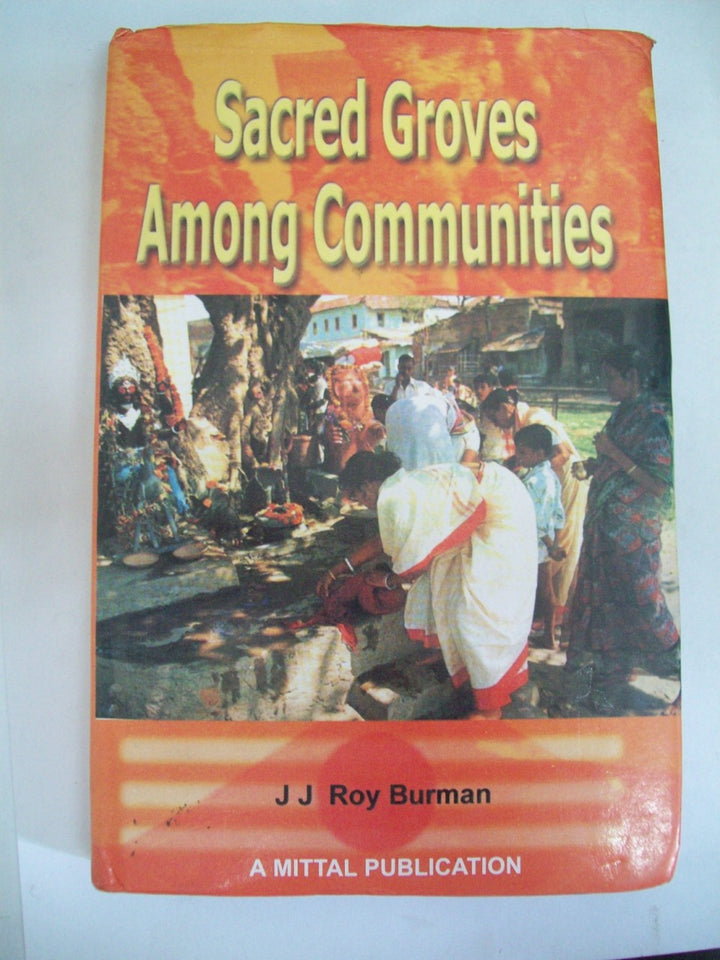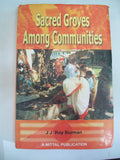Sacred Groves Among Communities
Regular price
Rs. 495.00
Sacred groves refer to patches of forests dedicated to deities often fiery ones. In their pristine form nobody is allowed to enter into them and lift anything from these areas including leaf litter. Women are not permitted to enter these groves quite often. Sacred groves conceived this way seem to be repositories of gene prots and biodiversity and are thus considered to be part of ethnoenvironment management. The study in this book, however, dispels the myth built around sacred groves and considers the environment management dimension only a contingental fallout of the institution of sacred grove. Sacred groves are social spaces respected by the communities and they play multiple roles. The most significant of these is that of the symbol of self-assertion. Among many communities the sacred groves are mandatorily kept to mark the settlement rights. A Jaher (sacred grove) is a must in every Santhal village of Chotanagpur. The same is the case of the Mahadeo Kolis and Kunbis of Western Ghats. Sacred groves have even become symbols of social movement as seen among the Gonds of Ghadchiroli in Maharashtra. The sacred groves even provide the basis of cultural autonomy. The self-assertion component associated with the sacred groves can significantly benefit the nuances of self-management. All these have been encaptured in this book on the basis of an extensive study made in the Western Ghat of Maharashtra.
Guaranteed Safe Checkout





